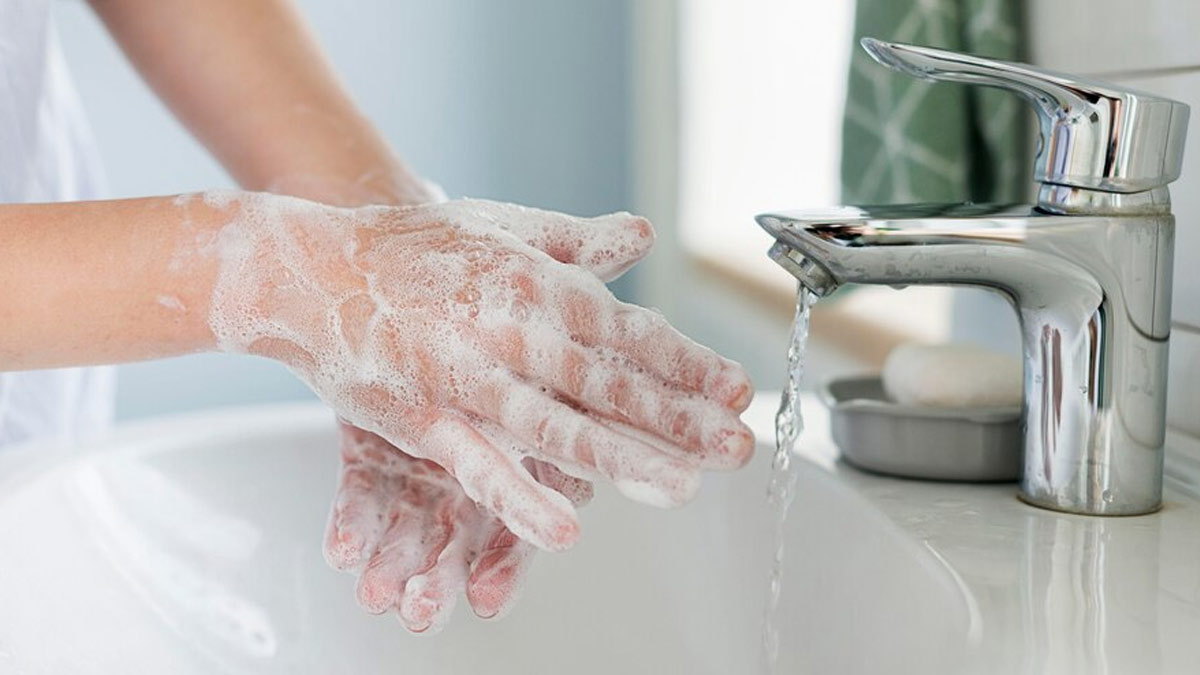
On this Global Handwashing Day, let’s reinforce a simple yet powerful habit that safeguards our health – washing hands the right way. Handwashing isn’t just a routine; it’s an act of self-defence against countless germs that lurk around us.
Table of Content:-
When to Wash Hands?
1. Before Eating
Prior to every meal, cleanse your hands to prevent the transfer of bacteria from your hands to your mouth.
2. After Using the Restroom
This is crucial. Wash your hands thoroughly to eliminate any harmful bacteria.
3. After Sneezing or Coughing
Germs spread through droplets. After coughing or sneezing, clean your hands to protect others and yourself.
4. After Touching Public Surfaces
Public doorknobs, handles, and shared items are breeding grounds for germs. Cleanse your hands after such contact.

Also read: Diabetes Management: A Balanced Approach through Diet and Exercise
How to Wash Hands?
1. Wet Your Hands
Use clean, running water to wet your hands. It can be warm or cold; the temperature doesn’t matter as much as thorough coverage.
2. Apply Soap
Use enough soap to cover all hand surfaces.
3. Scrub Thoroughly
Rub your hands together palm to palm. Scrub the back of your hands, between your fingers, and under your nails. Do this for at least 20 seconds.

Also read: Diabetes Management: A Balanced Approach through Diet and Exercise
4. Rinse Well
Hold your hands under clean, running water to remove soap.
5. Dry Properly
Use a clean towel or air dryer. If you’re using a towel, pat your hands dry instead of rubbing vigorously.
Remember:
1. Nail Hygiene
Keep your nails trimmed and clean, as they can harbour dirt and germs.
2. Hand Sanitizers
While they’re convenient, they don’t substitute proper handwashing. Use them when soap and water aren’t available.
Practising proper hand hygiene is a small effort that yields immense health benefits. On this Global Handwashing Day, let’s make a commitment to ourselves and our communities: wash our hands frequently, wash them well, and stay healthy.
Also watch this video
How we keep this article up to date:
We work with experts and keep a close eye on the latest in health and wellness. Whenever there is a new research or helpful information, we update our articles with accurate and useful advice.
Current Version